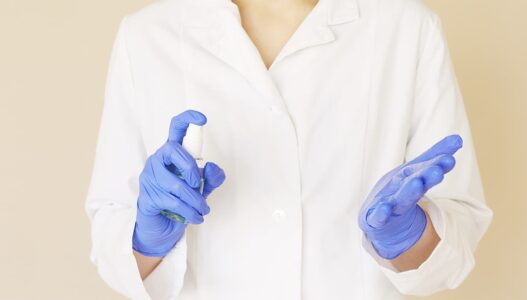A sanitizer is a small bottle of antiseptic in the form of a gel or spray. Often for antimicrobial protection you will find in its composition isopropyl or ethyl alcohol, which instantly destroys bacteria. However, this will only happen if the concentration of the active ingredient is not lower than 70%. There are antibacterial products developed on the basis of antibiotics. There are also alcohol-free sanitizers, where the active ingredient is iodine derivatives or organic acids.
In everyday life, modern man rarely thinks about the number of dangerous bacteria living around him. And despite the events associated with the latest infection, life is so busy and active that one rarely uses a sanitizer, usually only when there is no access to water and soap.
Now to the most important thing, what is better than soap or sanitizer? Numerous studies show that bacteria tend to concentrate on the surface of soap and quickly turn it into a kind of breeding ground for infections. Therefore, we will never tire of repeating that using a sanitizer is more effective, hygienic, comfortable and, oddly enough, pleasant.
Alcohol-based antiseptics destroy various types of bacteria, including bacteria resistant to antibiotics and mycobacterium tuberculosis. Actively counteract many viruses, – shell viruses, including influenza viruses, acute respiratory infections and HIV. They also destroy fungi.
According to American scientists, “alcohol-based hand sanitizers are a hundred times more effective against viruses than any form of hand washing.” For example, isopropyl alcohol instantly kills 99.9% or more of all non-spore-forming bacteria in less than half a minute. This has been confirmed by clinical studies.
In 2004, a controlled clinical study of 200 workers found that after hand sanitizers became available in offices and accompanying instruction in their use, there was a 21% reduction in sickness absence rates.
Similar studies were conducted in secondary and tertiary schools, and the results were even higher, with a 51% reduction in absence rates in elementary schools and a 43% reduction in universities.
When alcohol antiseptics are used, the average number of microorganisms is reduced by 4-5 orders of magnitude (from 1000000 to 100-10). Alcohol-based hand sanitizers may be ineffective only at low amounts or concentrations. Using 0.3 mm sanitizer is equivalent to normal hand washing with water and soap, while increasing to 0.5 mm – the effectiveness of alcohol increases significantly.
Alcohol disrupts the top layer of fats on the skin, which sometimes negatively affects the skin’s protective functions. But hand washing with soap leads to even more destruction of the skin.

